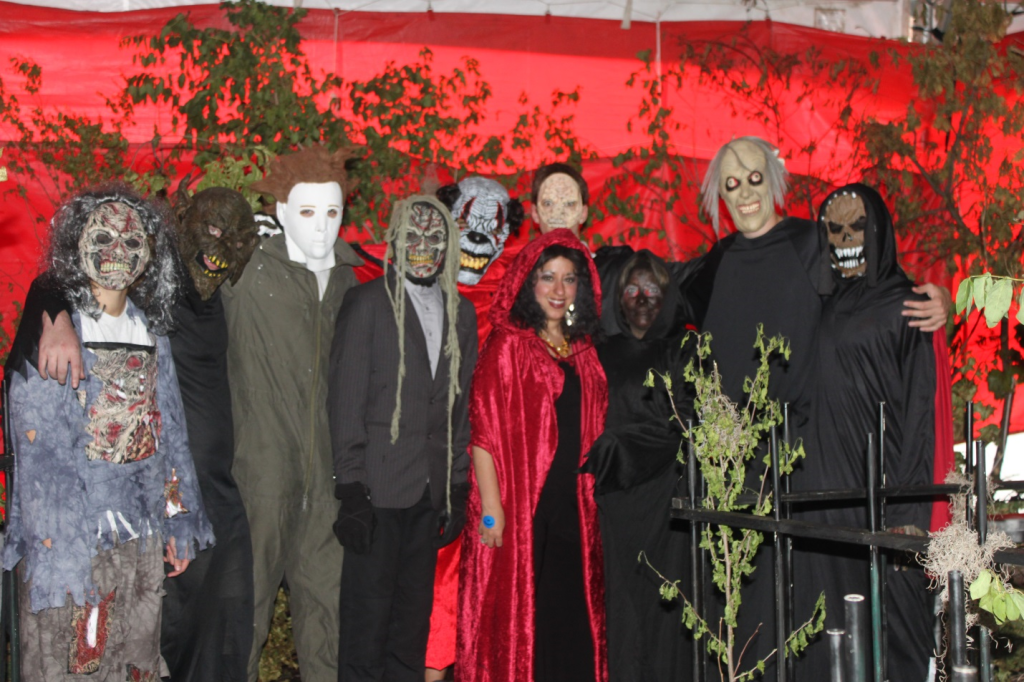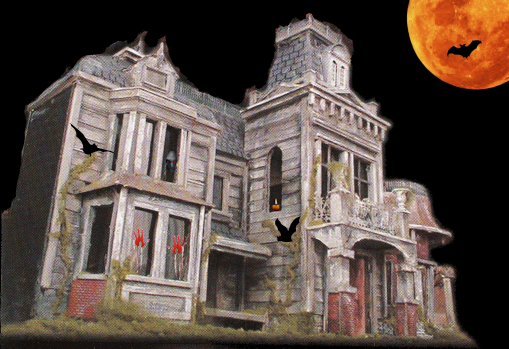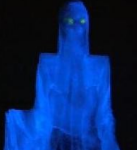With 93 days left until Halloween ( and believe us it will be here before you know it!), what better way to start the blog back than with a post from Remy Melina on why people love a good spine-chilling scare. Read on and enjoy…
Every Halloween, Americans spend millions on scary fun. From haunted houses to horror movies, teens as well as adults seem to crave a good spine-chilling scare.
“People go to horror films because they want to be frightened, or they wouldn’t do it twice,” said Jeffrey Goldstein, editor of “Why We Watch: The Attractions of Violent Entertainment” (Oxford University Press, 1998) and professor of social and organizational psychology at the University of Utrecht in the Netherlands.
“You choose your entertainment because you want it to affect you. That’s certainly true of people who go to entertainment products like horror films that have big effects. They want those effects,” Goldstein told LiveScience, a sister site of Life’s Little Mysteries.
Sinister, but safe, thrills
People enjoy feeling scared and seek the feeling out because, deep down, they know they are in no real danger, according to David Rudd, dean of the College of Social and Behavioral Science at the University of Utah.
They understand the real risk of these activities is marginal, and because of this underlying awareness, they experience excitement rather than actual fear, Rudd explained. This is why people enjoy going on terrifying amusement park rides and walking through a Halloween-themed haunted house.
Most adults and teenagers are able to realistically gauge the actual level of threat that scary stimuli pose to them, and, correspondingly, their safety level. For example, watching a horror movie poses no physical threat, with the minor psychological threat being that they might have nightmares as a result of seeing it. Therefore, most viewers feel safe watching such a film, and are excited by it, not truly afraid.
Terror tolerance scale
However, some adults and most young children are unable to correctly gauge a threat, perceiving it to be higher than it is.
“The experience of ‘real’ fear is when the appraisal of threat is greater than safety,” Rudd told Life’s Little Mysteries. “People that are afraid of flying appraise the threat of a crash in an unrealistic and disproportionate fashion, since it’s actually safer than driving. As a result of the faulty appraisal, they experience fear.”
This is why children become scared so much more easily than adults. Having less experience at gauging the safety of the spooky things they see, from a gory monster costume to a talking skeleton lawn decoration. A young child may perceive harmless Halloween fun as a serious threat to his or her safety, and become truly afraid.
“Adults have habituated to risk over time and are far better at appraisal,” Rudd said. “Adults know it’s just a movie; kids can forget that fact. It’s really all about appraisal of risk — adults are much better than children. It’s something we learn over time, its part of what we refer to as maturity.”
- Is the Amityville Horror House Really Haunted?
- What Is the Most Successful Zombie Movie Ever?
- Halloween’s Top 10 Scary Creatures
This article was provided by Life’s Little Mysteries, a sister site to LiveScience.




